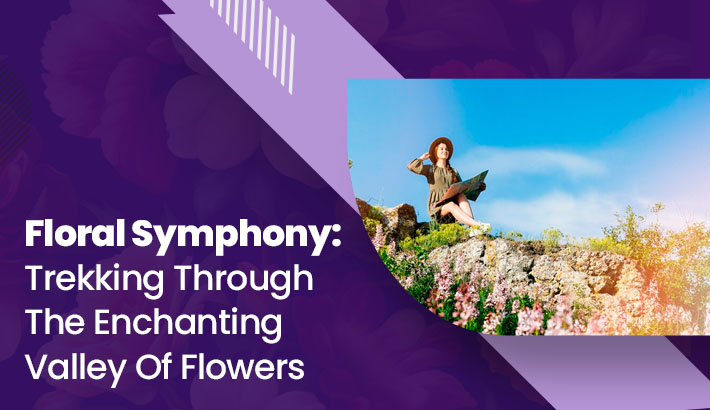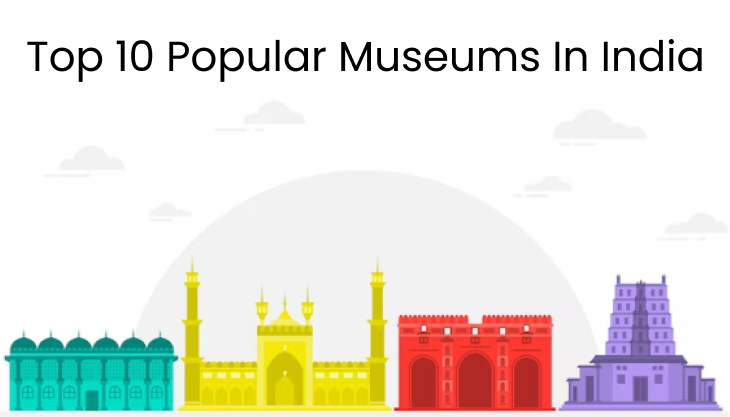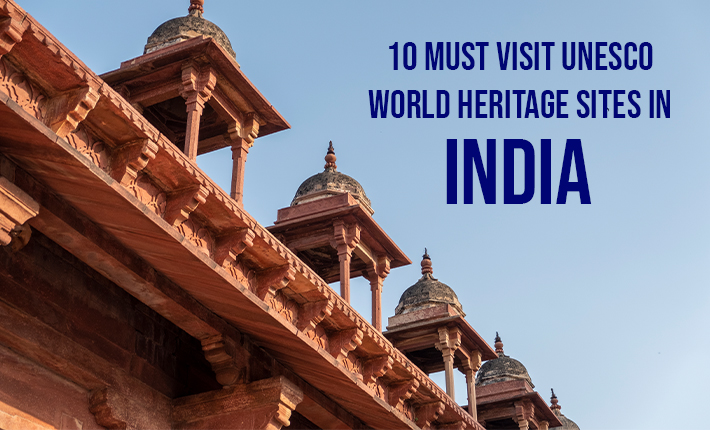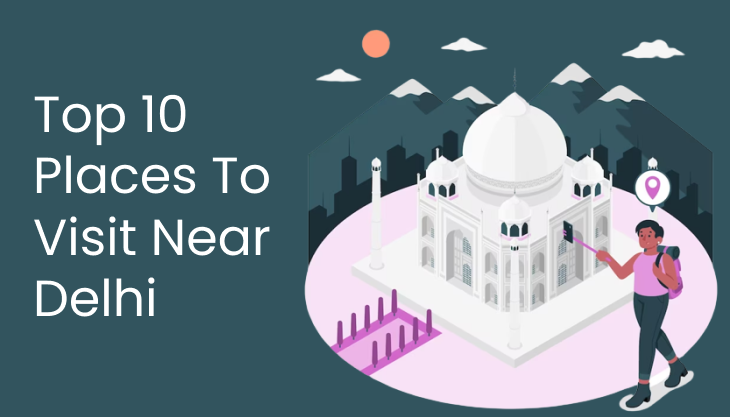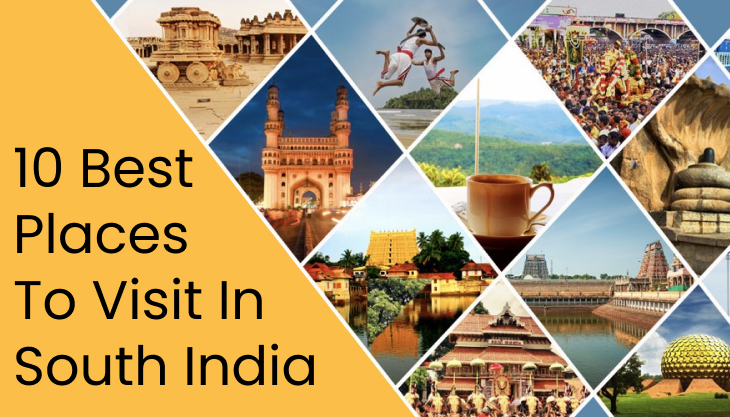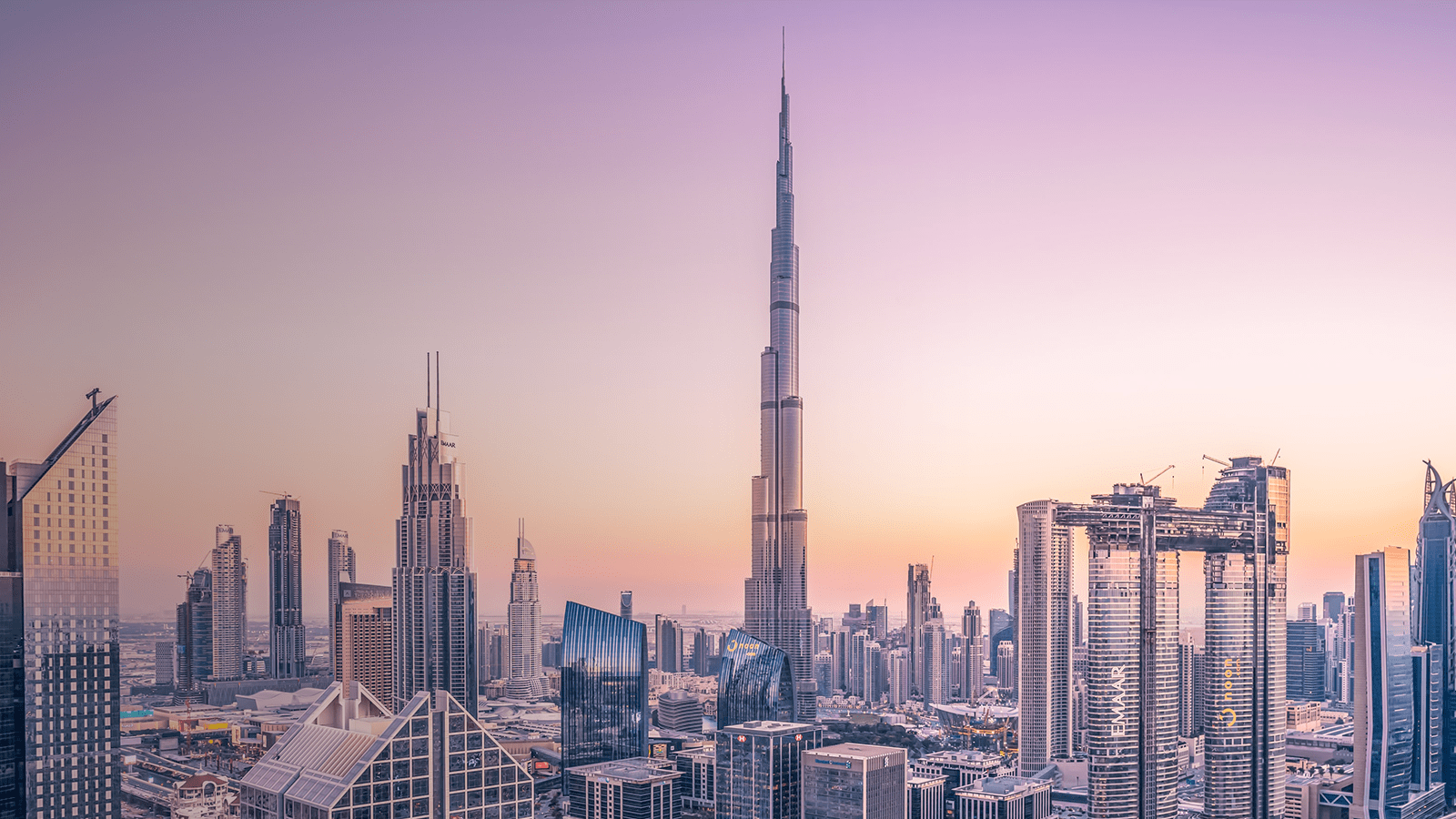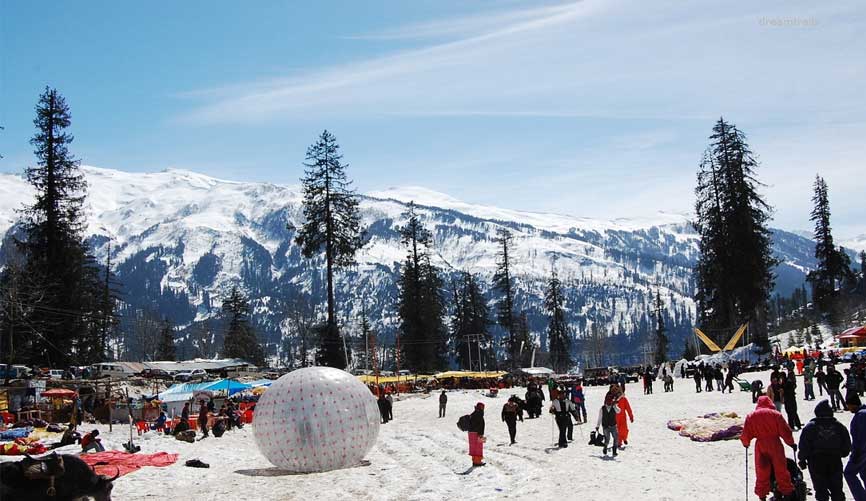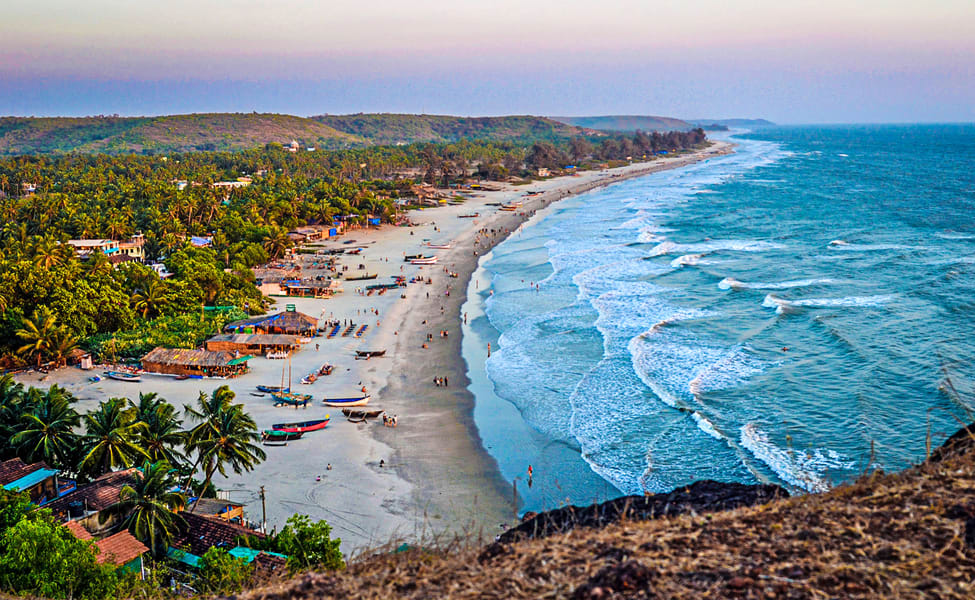Introduction
On a stirring trip as we explore the alluring Valley of Flowers journey, a true masterpiece of nature nestled in the heart of the Indian Himalayas. This journey isn't just a physical adventure; it’s a soul- shifting experience that immerses you in a vibrant shade of colours and serenity.
Unveiling the retired Gem Discover the Valley of Flowers Trek, a UNESCO World Heritage Site located in the state of Uttarakhand, India. put away down in the Garhwal Himalayas, this pristine vale is a paradise for nature suckers and adventure campaigners likewise. The journey offers a perfect mix of stunning geographies, different foliage, and a rich biodiversity that leaves every caller magical.
Valley of Flowers National Park
The demesne is known for its stunning alpine meadows of various flowers, which bloom during the thunderstorm season from July to September.
The demesne is home to a variety of foliage and fauna, including several rare and exposed species similar as the Himalayan black bear, snow leopard, musk deer, and Asiatic wild canine.
Botanical Treasure Hunt Orchids, Saxifrages, and further
Piecemeal from the magical sight that it enchants, the Valley of Flowers has also several scientific and exploration values for botanists. The girding region is also the niche for numerous rare and exposed factory species like the Himalayan Slipper Orchid (Cypripedium cordigerum), a pollinating night- flying club, Brahma Kamal (Saussurea obvallata) – a fabulous, blooming flower related to Hindu myths.
Scientific Marvel the Valley’s part in Botanical Research
The decor becomes further graphic with time as one descends the vale, through the snow- limited peaks, falls that waterfall and aqueducts winding in this whole region all make it an alluring place. In the vale, the swash is known as Pushpawati River, which starts its course from Tipra Glacier; its serpentines through necessity, and this operation cybersurfer provides a soothing sound for its expeditionary.
Wildlife Wonderland Fauna Flourishing in the Valley
It's an exertion that goes past the mortal limits of pedestrians and sets ahead of them a deep connection with nature. The Valley also attracts a variety of wildlife including the Asiatic black bear, brown bear, snow leopard, musk deer, and blue lamb. Birdlife abounds with over 250 species recorded including the Himalayan golden eagle, bearded shark, monal pheasant, and chukar partridge. touring deeper inside the vale rewards one with stunning lookouts and serenity that's unequalled. Staying overnight in the vale gives a regard of the star- speckled night skies that bejewel the Himalayas.
still, similar beauty and ecology is fragile. Increased tourism and climate change pose a trouble to the Valley. The number of callers allowed daily is confined to cover the terrain. One must exercise responsible tourism to minimize impact. The vale remains inapproachable for nearly half the time due to snow and rain. The short flowering season sees a swell of callers who must all exercise restraint.
Touring Through Paradise the Journey to the Valley
The end- point of the journey is in Hemkund Sahib, a Hindu vervaccaval web runner buried within snow- limited peaks and located along the way to a high-altitude glacial lake appertained to as Hemkunt. The journey to Hemkund Sahib therefore provides a pleasurable choice of views on the skirting mountains that are ever in peril of melting down from one’s eyes ever, leaving only the living mix between spiritualism and nature.
Trek Difficulty
The Valley of Flowers journey is considered moderate in difficulty. It involves touring through different terrains and requires a reasonable position of fitness.
Guided tenures
While it's possible to do the journey singly, numerous pedestrians conclude for guided tenures. Endured attendants are familiar with the terrain, rainfall conditions, and can give precious perceptivity about the foliage and fauna.
Camping Experience
Pedestrians get the chance to spend their nights girdled by the serene beauty of the Himalayas.
Conservation
Conserving this paradise of flowers is a responsibility we all share. Sustainable programs, ecosystem protection, and community- led enterprise are crucial. Strict rules on waste operation and plastic operation produce a cleaner vale. Controlled tourism prevents overcrowding and niche destruction while serving original communities. Education and outreach programs enhance conservation. Because formerly destroyed, similar unique ecosystems may be lost ever.
Conclusion
At the end of all, the Valley of Flowers is a grand symphony of nature that attracts audacious people to visit its joyful terrain. It's a feast to all the cautions that prevails when mortal bruise due to minimal intrusions by humans and therefore enough space for this nature takes centre stage. The Valley of Flowers is a pictorial memorial of nature’s stupendous creations. It's a treasured gem of India’s natural heritage. Visiting this fairytale area of flowers and conserving it for offspring must be a precedence. As we traipse gently through the vale, we must carry with us seeds of stopgap for its future. Just as the flowers bloom every time against mountainous odds, mortal will and action can guard the vale’s survival for generations to come. The flowers may be deciduous but the geography is eternal. At the face of evening, while it's sitting behind altitudinous peaks on one aspect and casts a heat gleam at the background of the vale, there can be no indispensable system to recall because of gratefulness for witnessing this botanical and visible phenomenon — vale.
